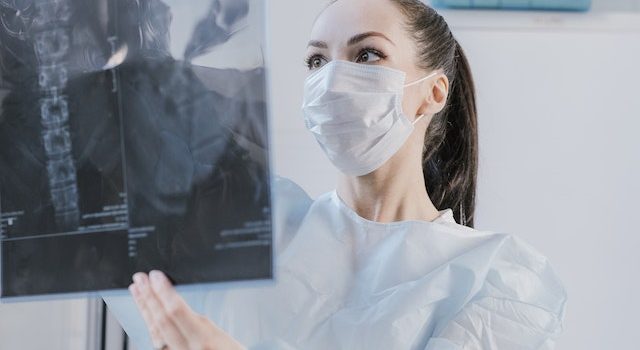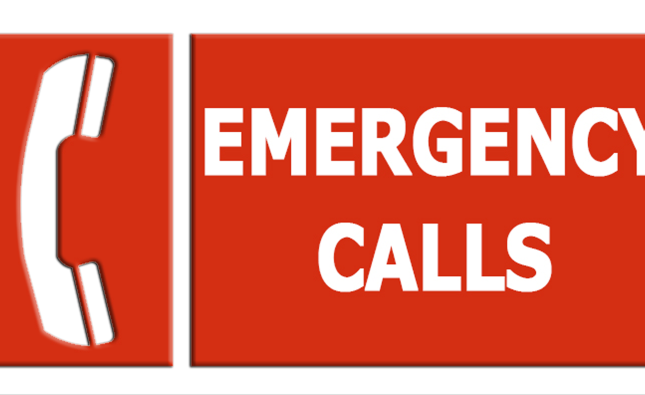
Realizing why radiographs play a crucial role in orthodontics
Orthodontic treatment benefits from radiographs, which are also known as X-rays. These pictures give us helpful information about the alignment and condition of your teeth and jaws. These clear images capture the complete picture of your smile journey, aiding in diagnosis, treatment planning, and progress monitoring. We will delve into the world of orthodontics and discover why radiographs are vital for successful smile transformations.
Diagnostic Power: In what way do radiographs aid orthodontic assessments?
Orthodontists rely on radiographs to examine the alignment and positioning of your teeth and jaws, getting detailed diagnostic information. Through these images, orthodontists can identify issues such as crowded or misaligned teeth, impacted teeth, abnormal tooth development, and discrepancies in jaw size and position.
Orthodontists use special pictures called radiographs to see what’s happening with your teeth. They then come up with a personalized plan to make them better. Radiographs reveal the underlying skeletal structure, tooth roots, and any potential complications that may impact your orthodontic treatment.

Treatment Planning with Precision: The Role of Radiographs
Orthodontists find radiographs to be extremely helpful when they are planning treatments. Orthodontists use them to check how your teeth and jaws are now, guess how they will move during treatment, and decide the best way to get good results.
Orthodontists use radiographs to gather information and make decisions about braces or aligners, extractions, and how long treatment will take. Orthodontists use radiographs to figure out how to get the smile you want.
Monitoring Progress: Radiographs for Successful Smile Transformations
Radiographs are crucial for monitoring the progress of your smile transformation throughout your orthodontic treatment. Orthodontists take periodic radiographs to track any movements or alignment changes in your teeth.
Orthodontists use radiographs to make any needed modifications to the treatment plan, ensuring that your teeth are moving in the desired direction. Orthodontists use these assessments to get a complete overview of your smile journey. This helps them deal with any problems or difficulties that may come up and make sure your treatment goes well.
Conclusion
Orthodontists really need radiographs when they treat patients. They use them to get important diagnostic info, come up with a plan for fixing any issues, and check on how your teeth are changing during the process. These clear pictures show your teeth and jaws, helping orthodontists make smart choices and provide personalized treatment.
Orthodontic assessments become more precise and ensure efficient and effective outcomes by incorporating radiographs. Regular monitoring of progress through radiographs allows orthodontists to make necessary adjustments and achieve successful smile transformations.
Count on the usefulness of radiographs as you begin your orthodontic expedition. These pictures are essential for crafting your stunning smile. Orthodontists use radiographs to take clear pictures of your smile and help you achieve the confident, radiant smile you’ve always wanted.










